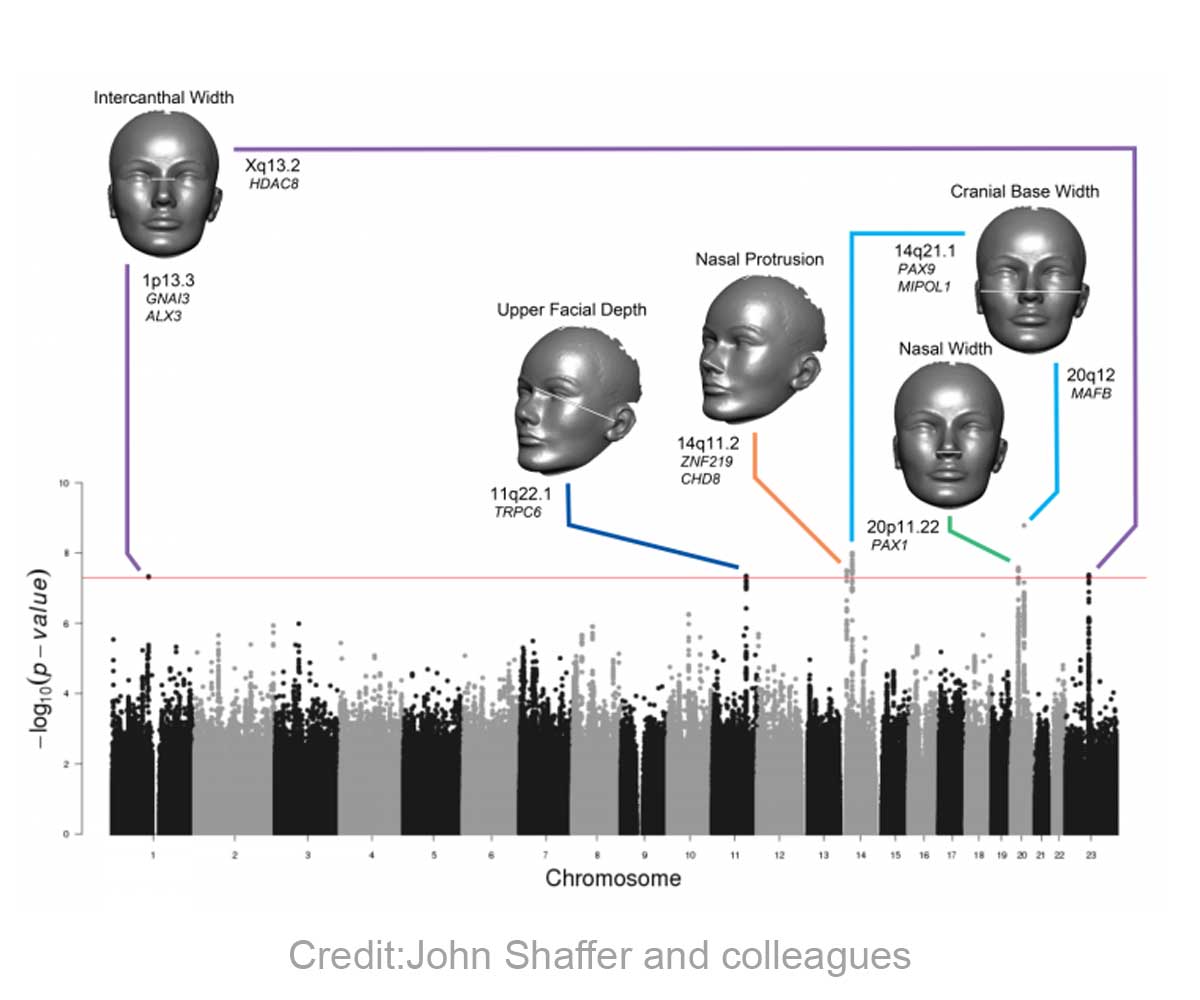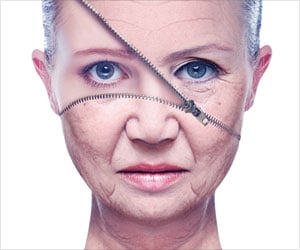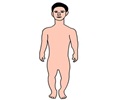Genes determine the shape of the face, and recent advances make it possible to enable re-creation of a face using genetic clues.

- The shape of the face is encoded in genes
- The width of the face, the shape of the nose, the exact space between the eyes are all in the genes
- The data from genes can be used to re-create facial features
The face lends a person their identity. The nose, eyes, mouth and the facial symmetry determine the appearance of the face and the arrangements of facial features result in the healthy variation in facial appearance that exists.
John Shaffer and colleagues from The University of Pittsburg in Pennsylvania have reported that specific genetic variations determine the size of the nose and the width of the face. There are several studies that point to genes as being the determining factors for facial characteristics but the mechanism of genetic variation that contributes to the wide variety of facial characteristics are not fully understood.
Identifying Genetic Variations
The researchers studied 20 facial characteristics based on 3D images from 3,118 healthy individuals with a European ancestry. Statistical association between certain Single Nucleotide Polymorphisms (SNP) and the following facial characteristics were identified- The width of the face
- The space between the eyes
- The size of the nose
- The space between the lips and eyes
The study holds a lot of promise in determining the shape of a person’s faced based on the individual’s DNA, though only a section of the relevant genes have been identified.
Identifying Contributing Factors for Cleft Lip and Palette
Identifying the key factors that could give rise to facial deformities and undertaking corrective action will improve the chances of lowering the risk for facial deformities.
Understanding the information on facial characteristics present in the genes will play an important role in identifying suspects based on DNA obtained at the crime scene. In many investigations, there might be no witnesses or the face of the offender might be covered, which leads to an inability to send out images of the offender that the public can identify.
Parabon Nanolabs conducted a pioneer study by determining the facial characteristics of a suspect based on the DNA evidence left behind by a suspect. The suspect was a serial offender and as his face was covered during the assault, his identity could not be easily established by the victims.
An individual can change the appearance of the face by getting a haircut or even after shaving, but the space between the eyes, the size of the nose and the facial shape and size cannot be altered and act as key identifying markers. This makes identifying the genes that determine facial characteristics an important factor for determining the face of suspects.
The current data available for facial determination using DNA are minimal and the study by Dr Shaffer and colleagues will aid in improving facial analysis. Genetic analysis is already being widely used to ascertain the sex, age and race of the individual while the use of information in genes to provide a facial image would further improve identification of suspects.
Identifying the Face of Un-born Babies for Parents-to-be
Though this field still has a long way to go, one of the many presumed uses of determining the genes that contribute to facial features would be to provide parents-to-be with an image of how their child will look. While this might not have a strong medical need, it will go a long way in fostering parental bonding with the un-born child and building a stronger relationship between the couple.
Re-creating Facial Features of Stone Age Humans
The data stored in DNA can be used to re-create the facial images of humans who lived in the stoneage and Egyptian or other Kings and queens who lived many centuries ago. This will provide essential clues about the evolution of the appearance of humans and also provide a legitimate facial identity.
The genes that have been determined in the study by Dr Shaffer could represent only a small fraction of genes that could play a role in shaping the face of humans. Dr Weinberg further adds “successfully mapping a large number of these genes will require much greater sample sizes and a more comprehensive approach to quantifying facial features of interest."
The face is an important benchmark for establishing the identity of an individual and analyzing genes for clues to the face will take forensic analysis to new heights in crime invertigations.
References:
- Can DNA predict a face? - (https://www.sciencenews.org/article/can-dna-predict-face)
- Face shape is in the genes - (http://www.eurekalert.org/emb_releases/2016-08/p-fsi082216.php)











